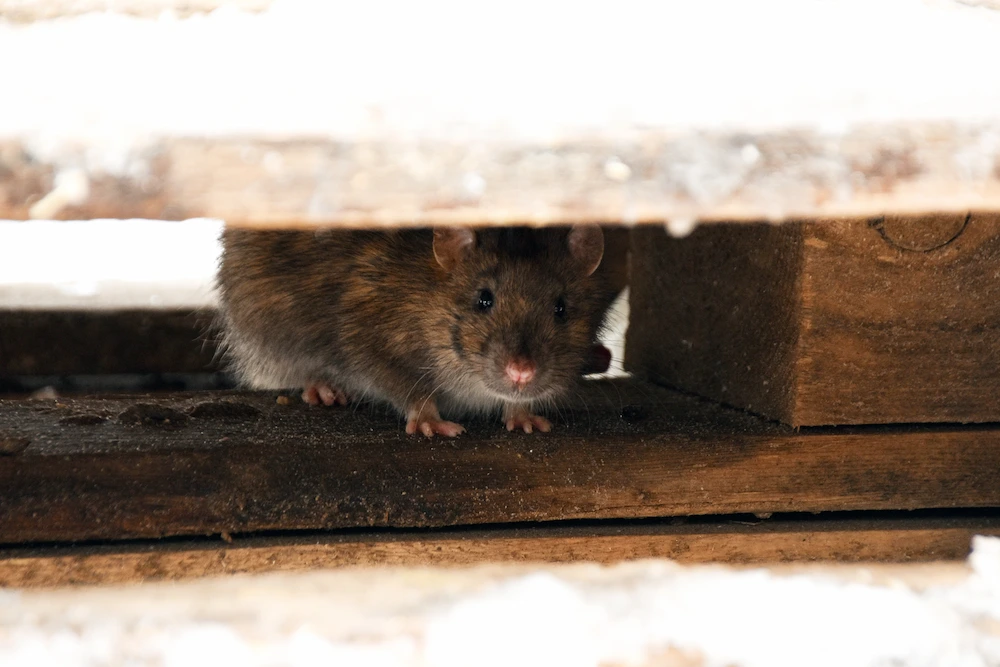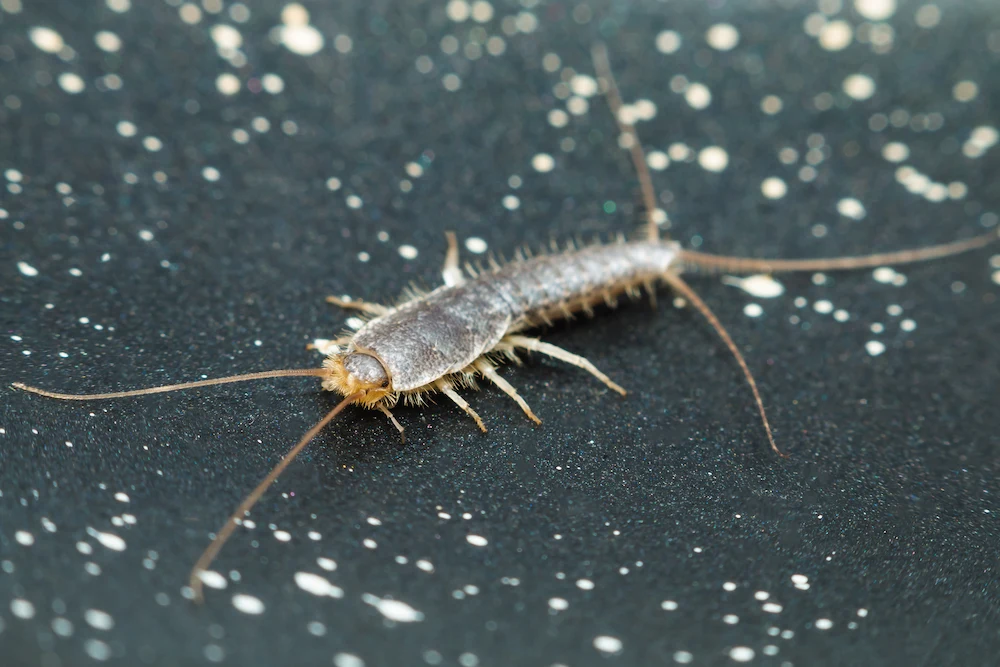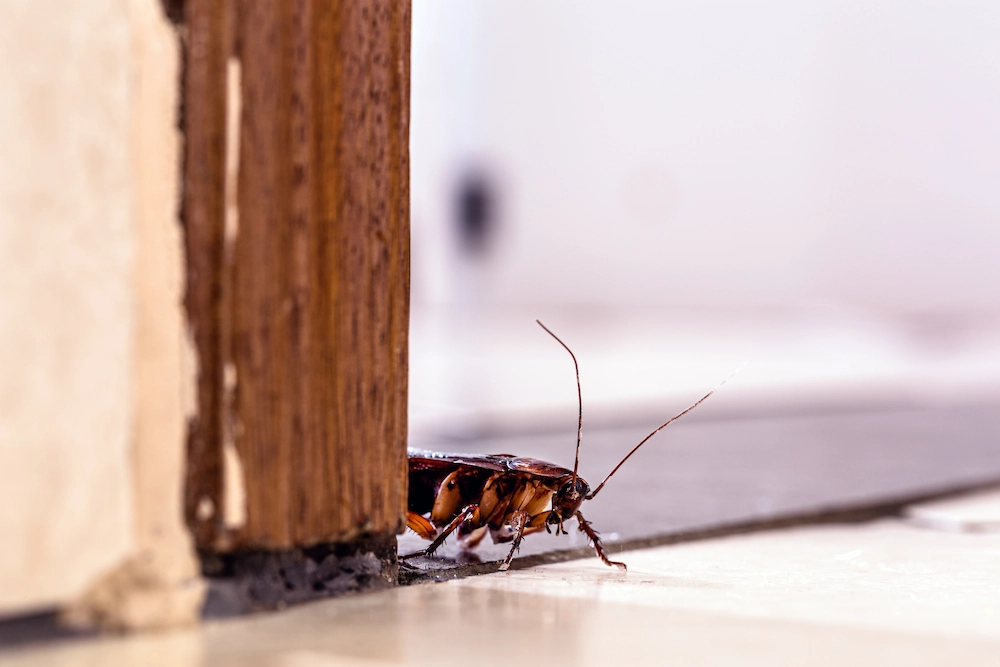Summary: Cold months drive indoor infestations. Learn how cold pushes pests inside, what to watch for, and the sealing, sanitation, and pro steps that keep homes protected from pest problems.
When the temperature dips, it is easy to assume pest activity slows to a crawl. In reality, many critters simply change tactics. Instead of roaming the yard, they look for the warm, safe shelter that your home provides.
So yes, you can have more pest problems in cold months. The reason is simple. Outdoor conditions push winter pests to move indoors and settle in wall voids, attics, crawlspaces, and basements where they can survive until spring.
Why Cold Weather Pushes Pests Indoors

Most insects and rodents are highly sensitive to temperature and moisture. As the mercury falls and food becomes scarce, survival instincts kick in. They follow heat signatures, moisture sources, and scent trails right to gaps and cracks around your foundation, utility lines, and roof edges.
This is the core of why pests invade homes in late fall and winter. Indoors they find steady temperatures, water from plumbing or condensation, and reliable food sources such as pantry items, pet food, and even trash. Once established, populations can persist quietly for months.
The Usual Suspects: Common Pests In Winter
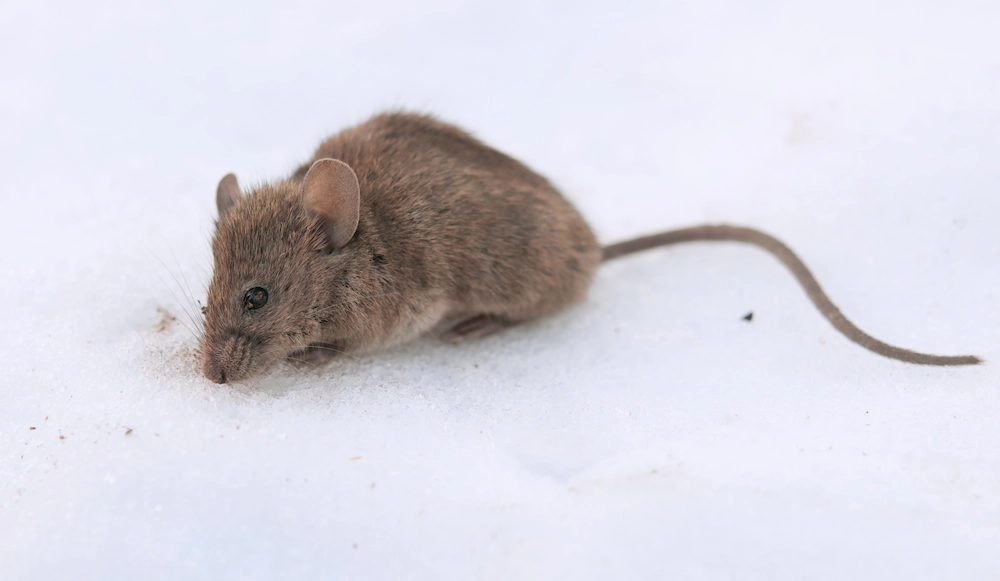
Cold weather does not remove pest pressure. It concentrates it. Below are the invaders homeowners in our region most often encounter when it is chilly outside. Knowing their habits helps you spot pest problems early and respond quickly.
These examples illustrate how pests in winter behave differently than during warm seasons. Activity shifts from outdoor foraging to indoor nesting, sheltering, and scavenging in hidden areas.
Rodents
Mice and rats are expert contortionists and climbers. They fit through openings the size of a dime, travel along utility lines, and scale siding to reach rooflines. Once inside, they nest in insulation, chew wiring, contaminate surfaces, and multiply rapidly.
Rodent noises often seem louder on cold nights when the house is quiet. Watch for gnaw marks, greasy rub trails along baseboards, and pellet-shaped droppings in storage rooms and attics.
Cockroaches
Roaches hitchhike in boxes and groceries, then settle near warmth and water such as behind refrigerators, dishwashers, and water heaters. In cold months they expand in tight voids and come out after dark to feed.
Signs include pepper-like specks, shed skins, and a musty odor in cupboards or under sinks. Sanitation helps, but established populations require targeted treatment to reach harborage zones.
Ants
Several ant species remain active indoors all winter if they can access food and moisture. They trail to crumbs, recycling bins, and pet bowls. Structural gaps allow colonies to nest inside wall voids where temperatures are stable.
You might notice short-lived trails on warmer afternoons or near heating appliances. Wipe trails with soapy water to disrupt pheromones and address moisture issues to reduce attraction.
Overwintering Bugs
Boxelder bugs, stink bugs, and cluster flies do not thrive in freezing conditions, so they slip into cracks in siding, soffits, and window frames. Indoors they enter a resting state, then awaken during winter warm spells and wander into living spaces.
Vacuuming is the quickest removal option for strays. Long term control focuses on exclusion work that seals exterior entry points before the next cold season.
What Cold Weather Pest Problems Look Like

Because winter activity is concentrated in hidden zones, the signs are often subtle at first. Small clues build into larger pest problems if they are ignored. A quick home check each week keeps you ahead of escalating pest problems.
Use this short list as a seasonal checkpoint, especially after temperature drops or storms force pests deeper into structures.
• Faint scratching in walls or ceilings at night
• Droppings in cabinets, pantries, attics, or crawlspaces
• New chew marks on food packaging or stored items
• Odd, sweet or musty odors in kitchens and utility rooms
• Clusters of sluggish bugs around windows on warm winter days
Preventing Pest Infestations In Cold Weather
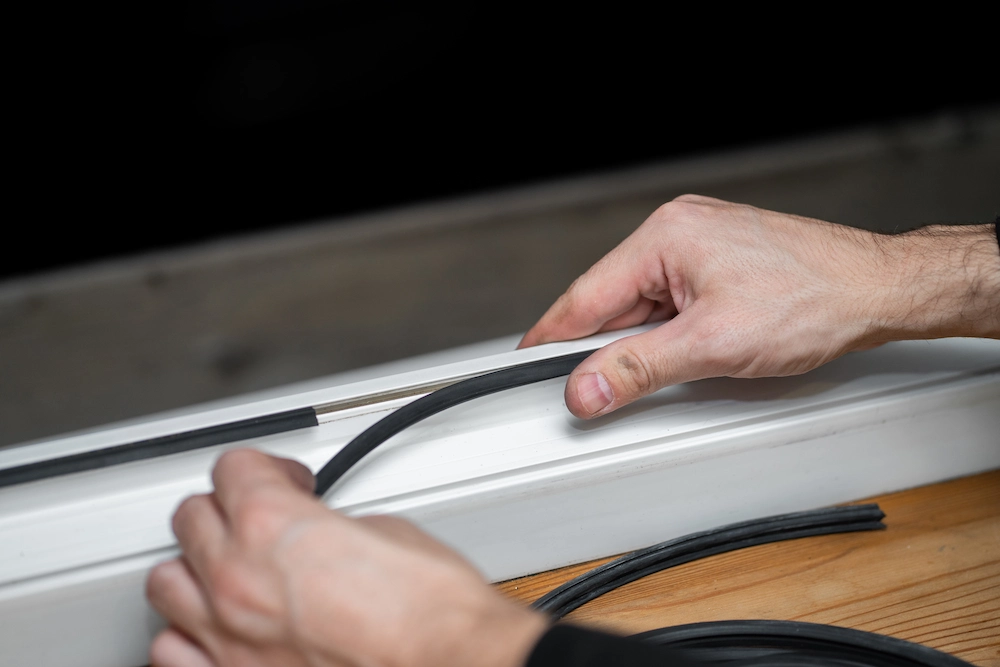
Your best winter defense is an exterior barrier combined with interior sanitation and moisture control. Addressing each category limits access, removes attractants, and keeps any remaining pests from sustaining large populations indoors.
Set aside one weekend for sealing and one for cleanup. The payoff is fewer intrusions now and an easier transition into spring.
• Seal entry points with silicone caulk, copper mesh, door sweeps, and tight-fitting screens
• Fix leaks, add dehumidifiers in damp rooms, and improve ventilation in attics and crawlspaces
• Store food in hard containers and feed pets on a schedule, then clean bowls
• Reduce clutter in garages and basements so hiding spots are limited
• Trim vegetation at least a foot from exterior walls and keep firewood off the ground and away from the house
DIY Or Professional Help?
For light activity, diligent sealing and sanitation may be enough. If you hear nightly movement, find fresh droppings, or repeatedly vacuum up insects that reappear, it is likely time to bring in a pro. Professionals use inspection tools, targeted products, and exclusion techniques that reach harborage zones you cannot access safely.
If rodents are involved, a technician can locate entry points, set and monitor devices, and perform repairs to keep them out long term. Many homeowners pair seasonal inspections with maintenance treatments for reliable winter pest control that prevents surprises. Pest control is important year-round, not just in the summer!
Count On Pointe For Winter Protection
Pointe Pest Control specializes in detailed inspections and long term solutions that match the way pests behave when it is cold. From sealing and trapping to precision treatments in safe, targeted zones, we solve pest problems without disrupting your routine.
Ready to button up your home for the season? Learn about our comprehensive rodent exclusion options and schedule service with a local team near you.
Citations
Which bugs are the most active during the winter?. (n.d.). Insight Pest Solutions. Retrieved November 7, 2025, from https://insightpestnorthwest.com/which-bugs-are-the-most-active-during-the-winter/

